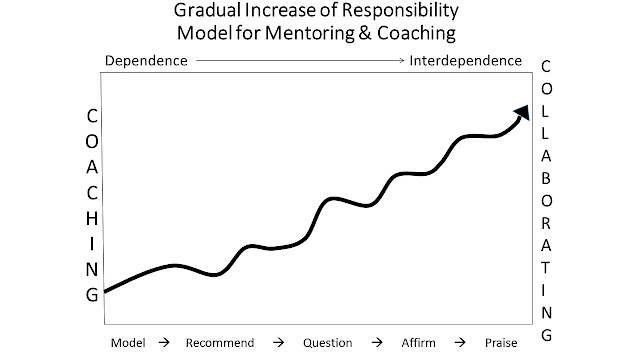In the last coaching blog post, I provided an acronym to guide the process of pivoting: Probe, Investigate, Veer, Observe, and Tarry. In today’s post, I’ll apply that acronym to our coaching cycles.
This
week, you might want to take a look at:
This video about setting the stage for classroom discussions:
https://www.edutopia.org/video/how-set-stage-challenging-classroom-discussions
Ideas for indoor recess:
https://www.learnersedge.com/blog/fresh-ideas-for-indoor-recess
Conversations after finishing a read aloud:
https://choiceliteracy.com/article/whole-class-conversations-for-read-aloud-closure/
Ways to say “Thank You” to teachers:
https://www.mshouser.com/instructional-coaching/a-few-ways-to-say-thank-you-to-teachers
Key ways to build trusting relationships:
https://www.edutopia.org/article/6-simple-ways-build-trusting-relationships-staff
That’s it for this week. Happy Coaching!
Was this helpful? Please share!
Want to know about new posts? Click “Follow” (bottom right)
Follow on Facebook at: facebook.com/mycoachescouch or Twitter @vscollet for more coaching and teaching tips! You can also find me at VickiCollet.com
This video about setting the stage for classroom discussions:
https://www.edutopia.org/video/how-set-stage-challenging-classroom-discussions
Ideas for indoor recess:
https://www.learnersedge.com/blog/fresh-ideas-for-indoor-recess
Conversations after finishing a read aloud:
https://choiceliteracy.com/article/whole-class-conversations-for-read-aloud-closure/
Ways to say “Thank You” to teachers:
https://www.mshouser.com/instructional-coaching/a-few-ways-to-say-thank-you-to-teachers
Key ways to build trusting relationships:
https://www.edutopia.org/article/6-simple-ways-build-trusting-relationships-staff
That’s it for this week. Happy Coaching!
Was this helpful? Please share!
Want to know about new posts? Click “Follow” (bottom right)
Follow on Facebook at: facebook.com/mycoachescouch or Twitter @vscollet for more coaching and teaching tips! You can also find me at VickiCollet.com



No comments:
Post a Comment